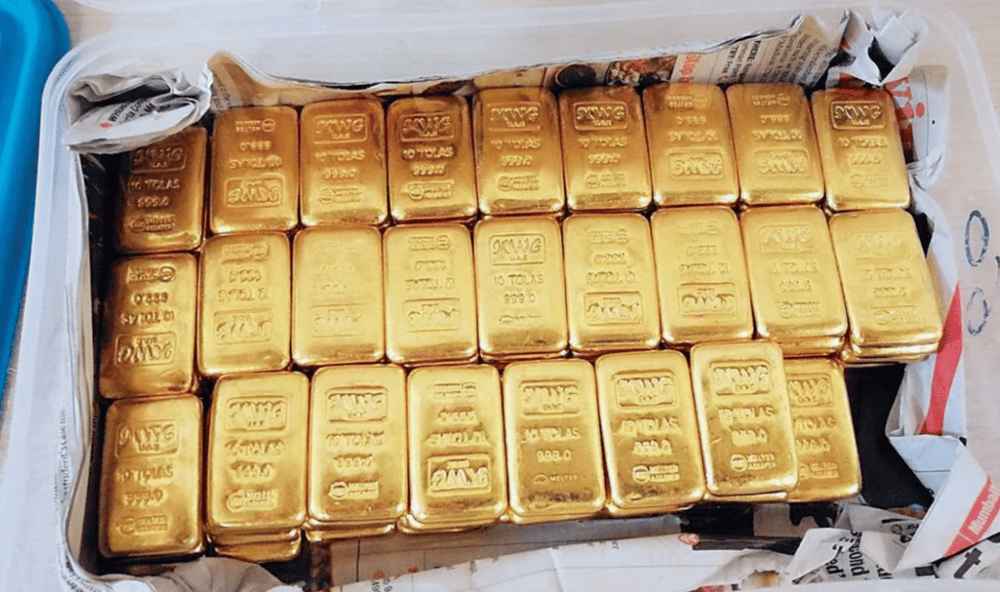As geopolitical friction and global monetary shifts reshape commodity markets, gold has once again emerged as a strategic asset of choice. Billionaire investor John Paulson, known for his prescient bet against the housing market in 2008, now sees bullion prices climbing to nearly $5,000 per ounce by 2028—a bold forecast that reflects deepening central bank demand and intensifying macroeconomic uncertainty.
Paulson’s remarks come at a time when the precious metal recently breached an all-time high of over $3,500 per ounce, fueling a wave of bullish revisions from financial institutions. Among them, Deutsche Bank $DBK.DE projects gold could rise to $3,700 as early as next year, reinforcing sentiment that the metal is not just a hedge—but a high-performing asset in its own right.
Key Drivers Behind the Bullish Momentum
Multiple structural factors are contributing to what analysts are now calling a super-cycle in gold:
Central Bank Accumulation: Record gold purchases by sovereign institutions—particularly those in emerging markets—have added momentum to the rally, as governments seek to reduce reliance on the U.S. dollar.
Global Trade Tensions: Uncertainty surrounding tariffs, trade realignments, and geopolitical risk has led to greater demand for stable stores of value.
Inflation Hedging: Persistent inflation across developed markets continues to drive investor appetite for assets with intrinsic value.
Declining Real Yields: As interest rate hikes taper off, inflation-adjusted returns on government bonds remain unattractive, pushing capital toward commodities.
Safe-Haven Appeal: Ongoing military conflicts and regional instability are further enhancing gold’s reputation as a crisis hedge.
America’s Mining Revival: Paulson’s Domestic Focus
While gold's price outlook is grabbing headlines, Paulson is also betting on the U.S. mining sector. His investment philosophy centers around supporting domestic projects that benefit from political stability, regulatory clarity, and access to capital markets. This homegrown approach stands in contrast to many gold producers that operate in geopolitically volatile regions, often at higher operational risk.
Paulson’s confidence in U.S. mining firms aligns with a broader trend toward resource nationalism and reshoring of supply chains. The push for critical mineral independence and tighter scrutiny on foreign assets is likely to benefit American producers in the years ahead.
Forces Shaping the Gold Narrative
Monetary Policy Realignment: Central banks, particularly in Asia and the Middle East, are diversifying reserves amid concerns over dollar weaponization.
Shift in Institutional Attitudes: Pension funds and sovereign wealth funds are increasing gold allocations as part of a broader de-risking strategy.
Retail Participation: Retail investors are showing renewed interest in physical gold and ETFs as a response to banking sector vulnerabilities.
Technological Constraints: Supply constraints linked to declining ore grades and delayed new projects may cap production growth despite higher prices.
Macroeconomic Recalibration: Slowing growth in advanced economies and fiscal pressure could limit the effectiveness of traditional policy tools, boosting demand for real assets.
What’s Next for the Precious Metals Market?
Although Paulson’s $5,000 target may appear ambitious, it reflects a growing consensus that gold is no longer just a hedge against inflation—it’s a strategic asset in an increasingly fragmented financial system. With central banks rewriting the playbook on reserve management and markets recalibrating to a post-dollar-centric order, the yellow metal could play a far more prominent role in the coming decade.







Gold’s timeless appeal truly shines when uncertainty looms; Paulson’s prediction definitely adds weight to this enduring safe haven narrative.
The ripple effects from such a sale may trigger a new era of innovation that radically alters automation trends